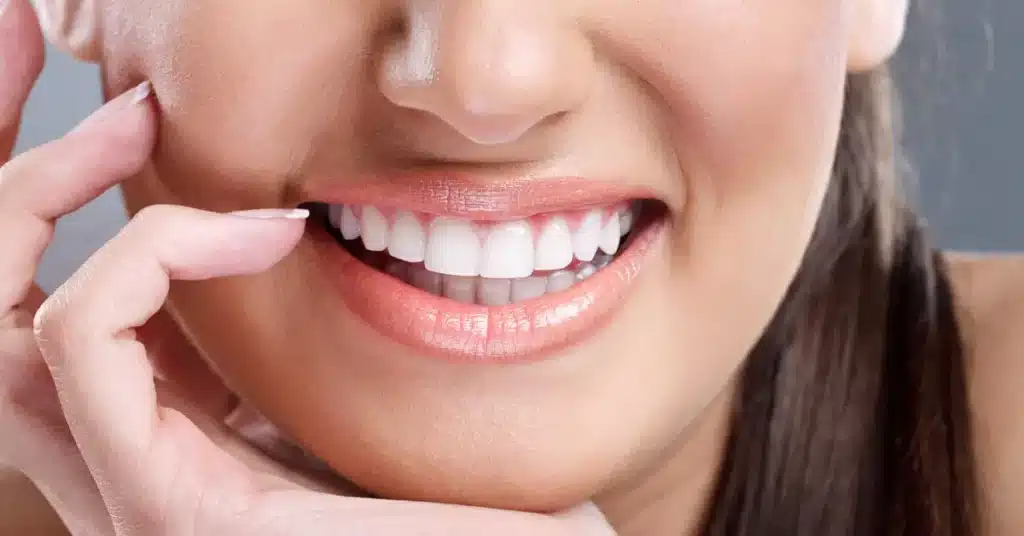Teeth Whitening: A Complete Guide to a Brighter, Healthier Smile

A bright, white smile isn’t just about aesthetics—it can enhance your confidence, help you feel more approachable, and create a lasting impression. Whether you’re preparing for a big event or simply want to freshen up your appearance, teeth whitening is one of the most accessible and popular cosmetic dental procedures today.
This comprehensive guide explores the science of teeth whitening, natural methods, professional techniques, home solutions, and how to maintain your results long term—without mentioning costs or pricing.
What Is Teeth Whitening and Why Does It Matter?
Teeth whitening isn’t just a cosmetic trend—it’s a scientifically backed method to restore brilliance to your smile by targeting both surface stains and deeper discoloration. At its core, it involves carefully controlled chemical agents that penetrate the enamel to lift away pigments and reveal a brighter, cleaner appearance. It’s not about creating artificial perfection—it’s about helping your natural teeth look their healthiest and most radiant.
The Science Behind Whitening: How It Really Works
Whitening agents like hydrogen peroxide and carbamide peroxide break down the molecules that cause staining. These active ingredients reach into the microscopic pores of the enamel and sometimes even the dentin beneath. As they oxidize the pigments responsible for discoloration, your teeth gradually appear lighter—often by several shades. Professional treatments use more concentrated formulas, making them faster and more potent than over-the-counter solutions.
Understanding Discoloration: Not All Stains Are the Same
Before choosing a whitening method, it’s essential to know what’s behind the color change. External factors such as coffee, wine, tobacco, and certain foods stain the enamel—these are known as extrinsic stains. Meanwhile, intrinsic stains form within the tooth, often due to aging, trauma, excessive fluoride in childhood, or certain medications like tetracycline. These internal discolorations are more challenging to treat and often require stronger or more advanced whitening techniques.
Choosing the Right Whitening Strategy
Whitening isn’t one-size-fits-all. In-clinic procedures offer immediate results using advanced gels and LED or laser activation, ideal for those seeking a rapid transformation. Custom take-home kits provided by dentists strike a balance between convenience and effectiveness, allowing patients to whiten gradually with guidance. For more subtle maintenance or prevention, whitening toothpaste and low-peroxide strips may help manage daily staining. Each method serves a different need—and results depend on matching the treatment to your teeth’s specific condition.
Can Natural Whitening Methods Be Trusted?
While some people prefer natural approaches like baking soda or oil pulling, these methods lack clinical validation and may cause more harm than good if used incorrectly. The acidity in ingredients like apple cider vinegar can erode enamel, and abrasive powders like charcoal may scratch the tooth surface. If you’re drawn to natural options, consult your dentist first to avoid permanent damage to your enamel.
Is Teeth Whitening Safe for Everyone?
When supervised or used correctly, whitening is safe for most people. However, if you have sensitive teeth, gum disease, dental restorations, or you’re pregnant or under 16, whitening may not be suitable. It’s also important to note that materials like crowns, veneers, and fillings will not respond to whitening agents. That’s why an assessment by a dental professional is always recommended before starting any whitening treatment.
Maximizing and Maintaining Whitening Results
A freshly whitened smile needs protection. Brushing twice daily with fluoride toothpaste, flossing, and reducing intake of staining substances like coffee and tobacco are essential. If you do indulge, rinsing with water immediately afterward can help. Some patients benefit from touch-up whitening every few months, especially if they regularly consume pigmented foods or beverages.
The Role of Professional Whitening in Modern Dentistry
Teeth whitening is now often the first step in many cosmetic treatment plans. A cleaner, brighter canvas allows veneers, bonding, or aligners to blend more seamlessly and enhances overall smile aesthetics. Professional cleanings and whitening also play a role in preventive care, as they remove plaque and surface stains that may lead to cavities or gum irritation.
Rethinking Common Whitening Myths
Despite its popularity, teeth whitening is surrounded by myths. No, it doesn’t damage healthy enamel when used properly. No, natural remedies aren’t always safer. And yes, yellow teeth can often become white again—with the right treatment. Understanding these truths helps set realistic expectations and encourages safer practices.
Should You Whiten Your Teeth?
If you’re unhappy with the shade of your smile and your teeth and gums are healthy, whitening could be a great option. Whether you want subtle brightening or a dramatic change, the key is to start with a consultation and choose a treatment that suits your goals and oral condition. Teeth whitening can instantly improve your appearance, boost your confidence, and leave a lasting impression—but only if done right.
